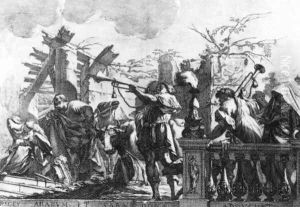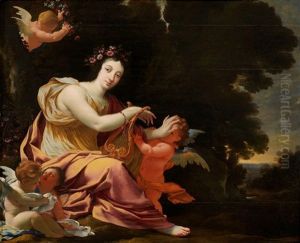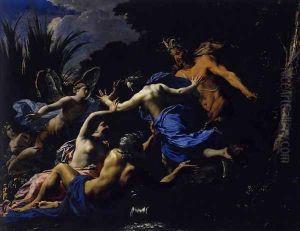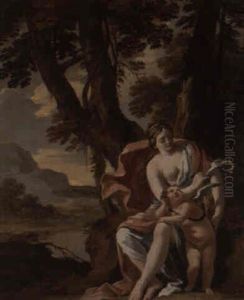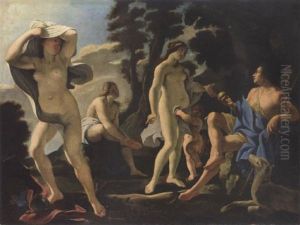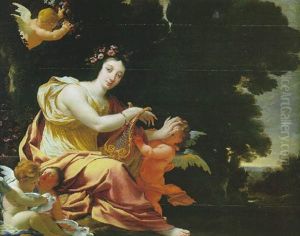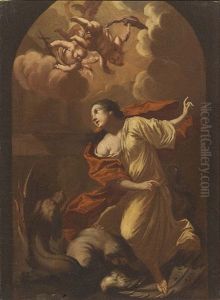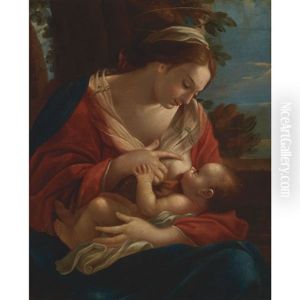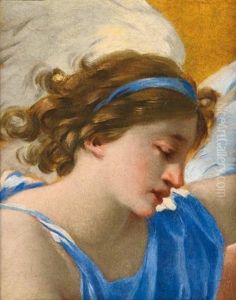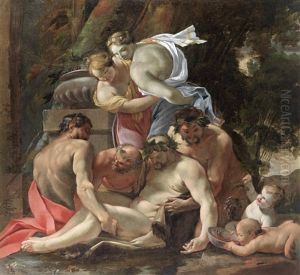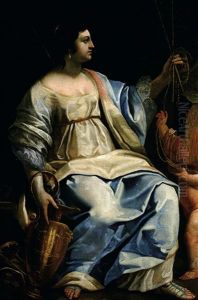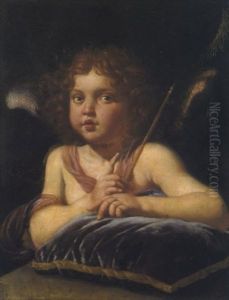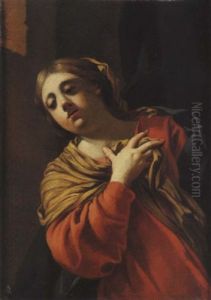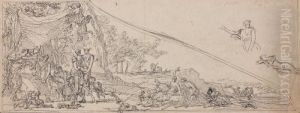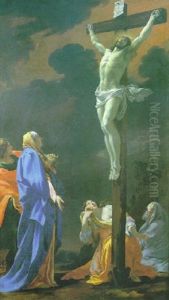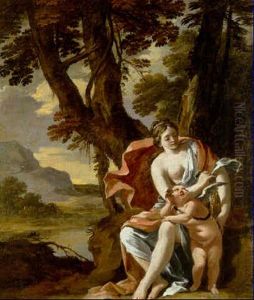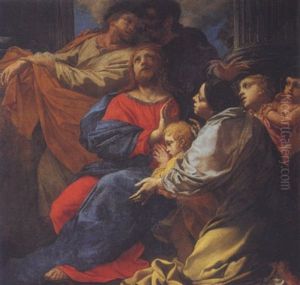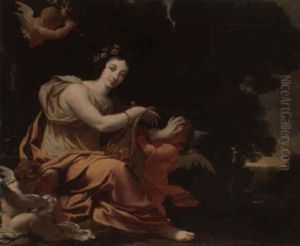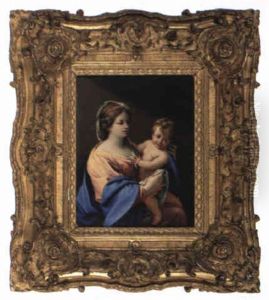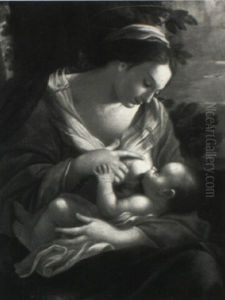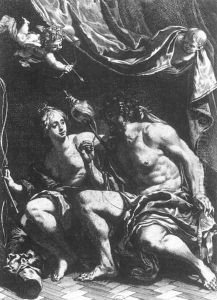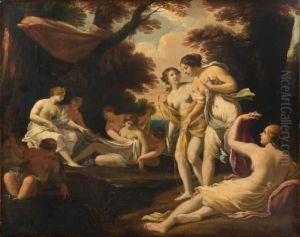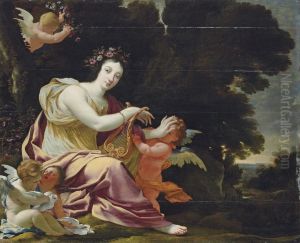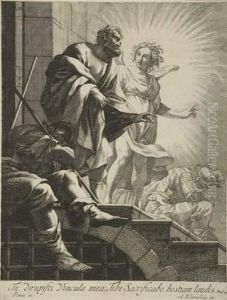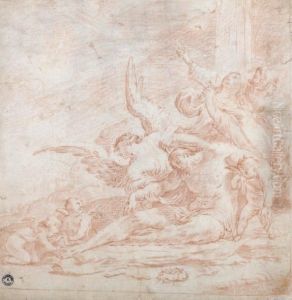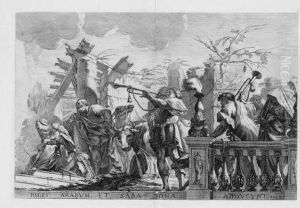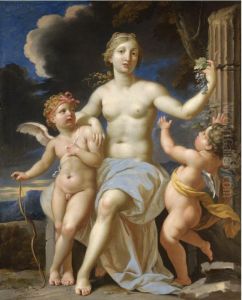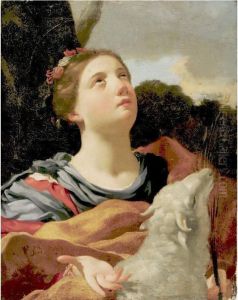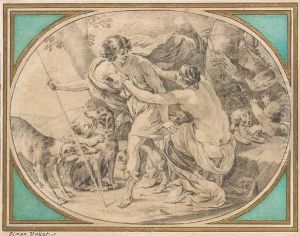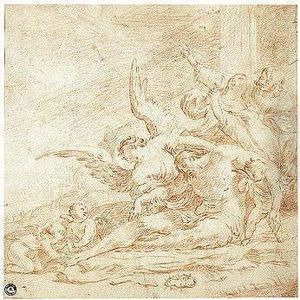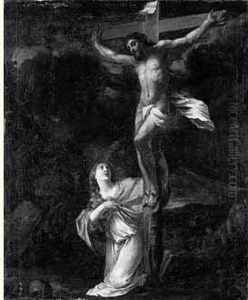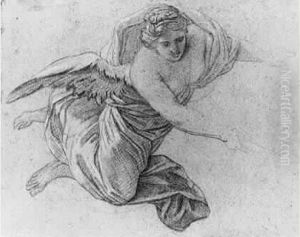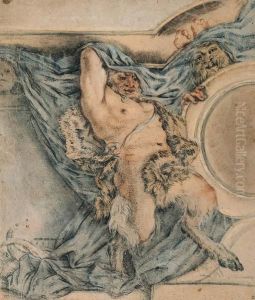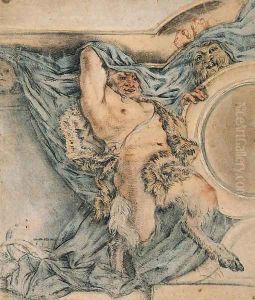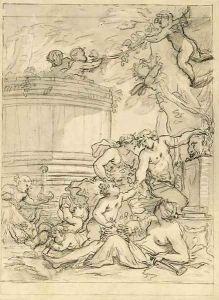Michel Dorigny Paintings
Michel Dorigny was a French artist born in 1617 in Saint-Quentin, France. He was a painter, engraver, and draughtsman who is best known for his association with the renowned Baroque artist Simon Vouet, under whom he studied and worked. Dorigny became one of Vouet's most faithful followers and his son-in-law after marrying Vouet's daughter.
Dorigny played a significant role in propagating the Baroque style in France, particularly through his engravings and tapestry designs. His works are characterized by their dynamic compositions, strong use of light and shadow, and a distinctive blend of classical and contemporary elements. Although he was heavily influenced by Vouet's dramatic style, Dorigny also developed his own artistic language, which was evident in his later works.
During his career, Dorigny created a number of important engravings, including those after Vouet's paintings, which helped to disseminate the Baroque style throughout France and Europe. In addition to engravings, his body of work includes altarpieces, decorative schemes for private residences, and designs for tapestries. One of his notable contributions was his work on the decorations for the Queen's apartments at the Palace of the Louvre.
After Simon Vouet's death in 1649, Dorigny continued to work in Paris, where he maintained a successful career. He received commissions from prominent patrons, including members of the French nobility and the royal family. His works can now be found in various museums and collections around the world, attesting to his contribution to the French Baroque movement. Michel Dorigny passed away in Paris in 1665, leaving behind a legacy that reflects the transition between the early and high French Baroque periods.
